- Home
- slideshows
- miscellaneous
- Lawmakers want to stop the US military from naming things for Confederate soldiers. These 10 bases are still symbols of the Confederacy
Lawmakers want to stop the US military from naming things for Confederate soldiers. These 10 bases are still symbols of the Confederacy
Ft. Bragg in Fayetteville, North Carolina is named for Confederate Gen. Braxton Bragg.

Bragg came out of retirement to fight for the Confederacy.
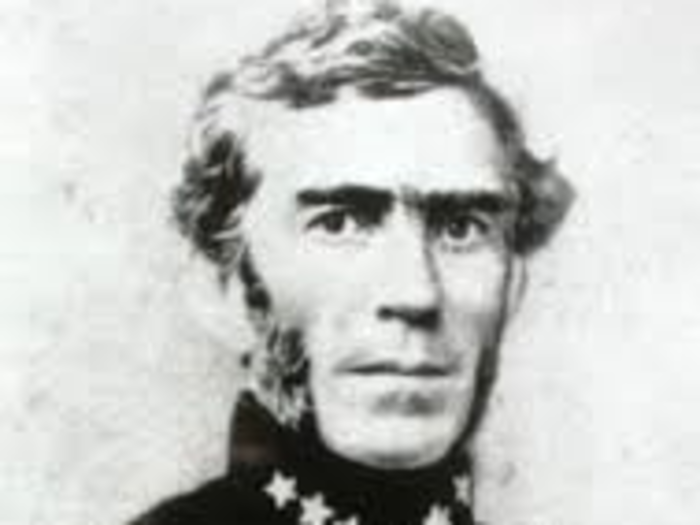
According to the National Park Service, Bragg had resigned from the Army and "was overseeing his Louisiana plantation when the [Civil] war began."
Bragg was apointed a brigadier general in 1861, commanding defenses from Pensacola, Florida to Mobile, Alabama. He later commanded the Army of Tennessee, and after a series of defeats, went to Richmond to advise Confederate President Jefferson Davis. He died in 1876.
Fort A.P. Hill is named for Ambrose Powell Hill, who was killed in the Civil War.
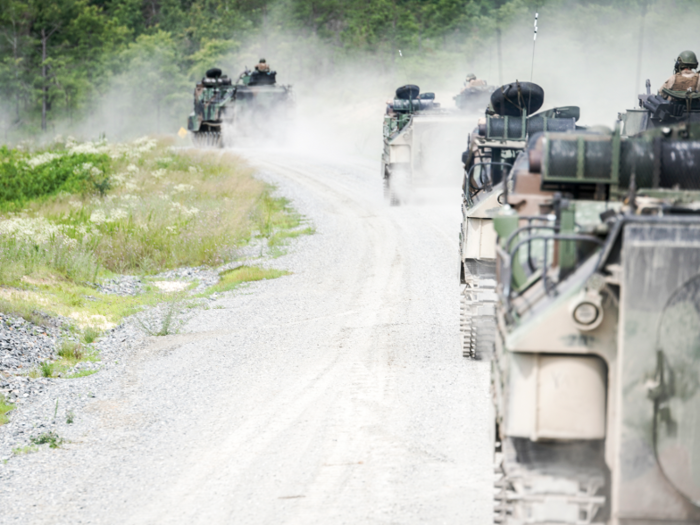
Fort A.P. Hill, located near Bowling Green, Virginia was established June 11, 1941 as a training installation, a role it still serves today. The Army estimates that 80,000 troops from all branches of the military trained here each year during the War on Terror. It also hosted the Boy Scout Jamboree every four years from 1981 to 2005, and in 2010 as well.
The Army calls A.P. (short for Ambrose Powell) Hill a "distinguished" Confederate general, and notes that John Wilkes Booth was killed nearby.
A.P. Hill served in the Confederate army.
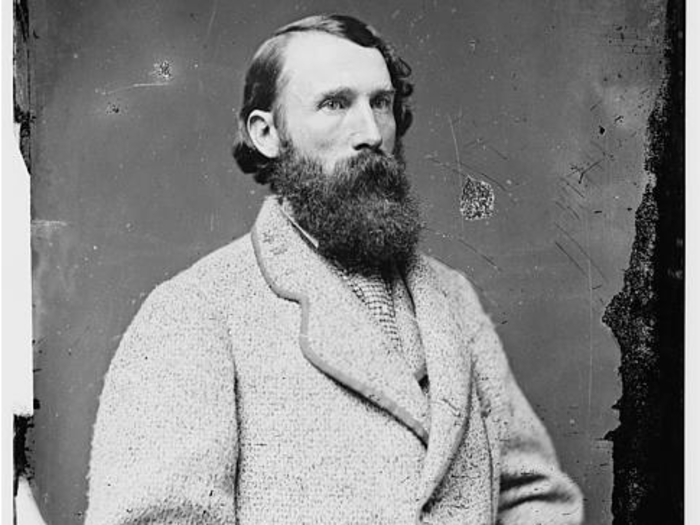
Hill was born in Culpeper, Virginia, and was a graduate of West Point. He died in 1865 at the Third Battle of Petersburg, according to Military.com.
Fort Lee is named for Gen. Robert E. Lee, perhaps the most famous Confederate general.
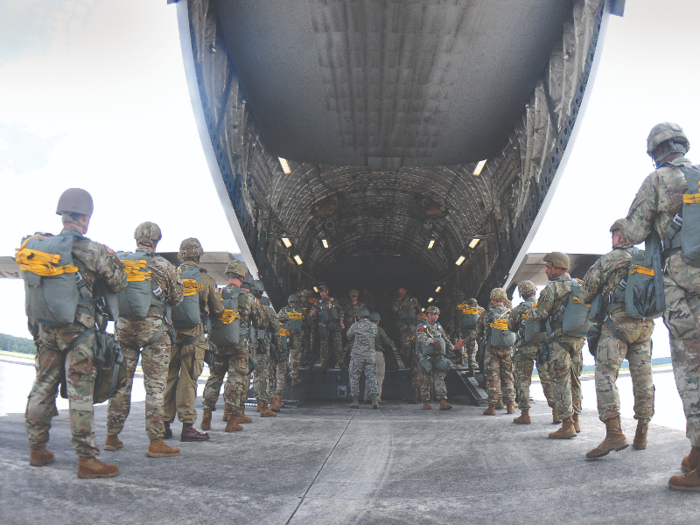
Fort Lee, in Prince George County, Virginia, is named for Robert E. Lee, the Virginia general who was a slave owner. Fort Lee was established as Camp Lee in 1917, but the original site was dismantled after the end of World War I, but re-established during World War II. In 1950, it was formally renamed Fort Lee, and it's now the Army's third-largest training site.
Robert E. Lee was one of the Confederacy's most famous figures. He surrendered to General Ulysses S. Grant in 1865, ending the Civil War.
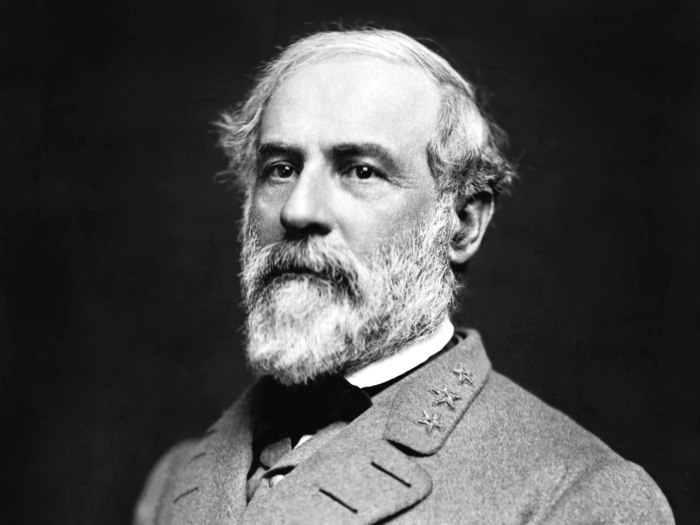
The commander of the Confederate States Army, Lee surrendered on April 9, 1865. He was reportedly a cruel slavemaster, breaking up slave families, ordering runaway slaves to be mercilessly whipped, and captured and enslaved free Black people when his army fought in Pennsylvania, according to The Atlantic.
Fort Pickett is named for Maj. Gen. George Pickett, who led an eponymous, ill-fated charge in the Battle of Gettysburg.
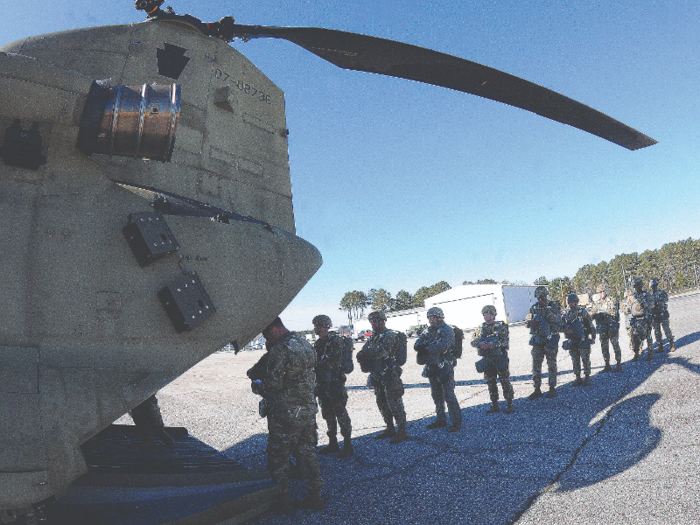
Fort Pickett is a Virginia National Guard installation near Blackstone, Virginia. It was established as Camp Pickett on July 3, 1942 at 3:00 PM — 79 years to the hour after Maj. Gen. George E. Pickett began his charge at the Battle of Gettysburg, as the Virginia National Guard notes.
Fort Pickett hosts the Virginia National Guard and Air Guard.
Maj. Gen. George Pickett left the US Army to join the Confederate Army in 1861.
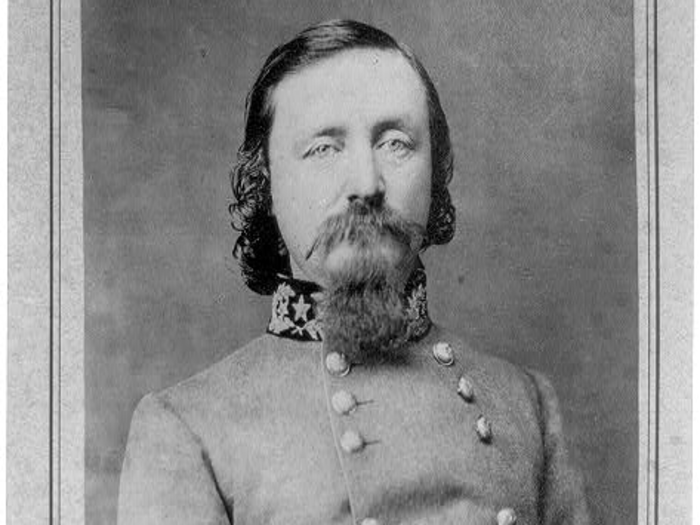
Pickett graduated last in his class from West Point in 1846. He lost more than half his command during the charge up Cemetery Ridge during the Battle of Gettysburg in 1863, according to the National Parks Service.
Fort Gordon is home to the US Army Cyber Corps and Signal Corps.
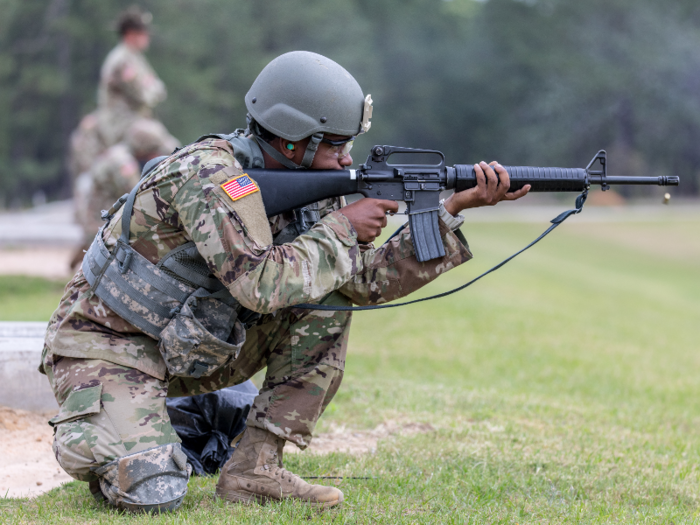
Fort Gordon was established as Camp Gordon in Georgia during World War II. German and Italian prisoners of war were kept there during the war, and the remains of 22 POWs are buried there, according to the Army.
John Brown Gordon had no military experience before joining the Confederate Army.
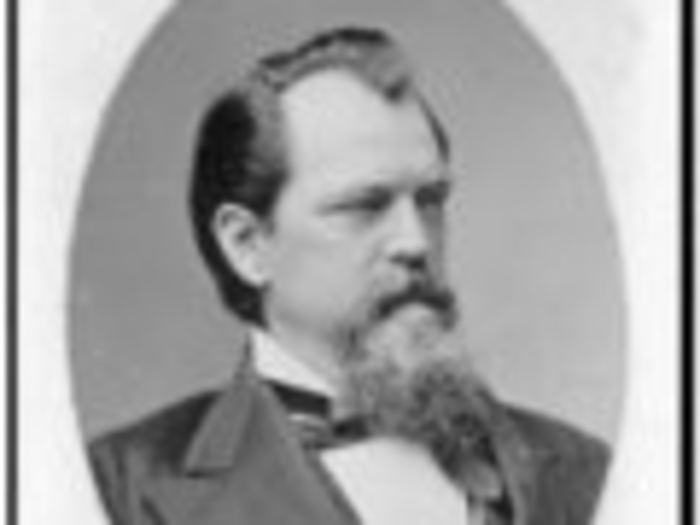
Gordon rose to become a Confederate general.
Source: National Parks Service
Fort Benning, also in Georgia, is named for Brig. Gen. Henry Benning, who was born in Georgia.
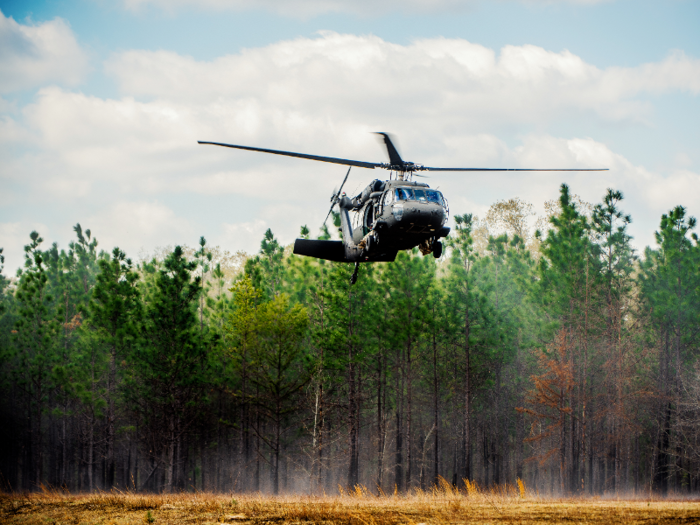
Brig. Gen. Henry Benning was "an outstanding lawyer-turned-soldier from Columbus," and the base honoring him was founded October 7, 1918, according to the Army.
Fort Rucker is named after Col. Edmund Rucker.

Fort Rucker, an Army Aviation training base in Alabama, was established May 1, 1942. Edmund Rucker was a Confederate colonel — not a general — and became an industrial leader in Alabama after the war. German and Italian prisoners of war were held nearby during World War II, according to the Army.
Louisiana's Camp Beauregard is named for Gen. Pierre Gustave Toutant Beauregard.

Louisiana's National Guard calls Camp Beauregard, located in Pineville, Louisiana, home. Beauregard was a West Point graduate, and championed the use of what we now recognize as the Confederate flag, according to The Washington Post.
Louisiana's Fort Polk is named for Lt. Gen. Leonidas Polk.
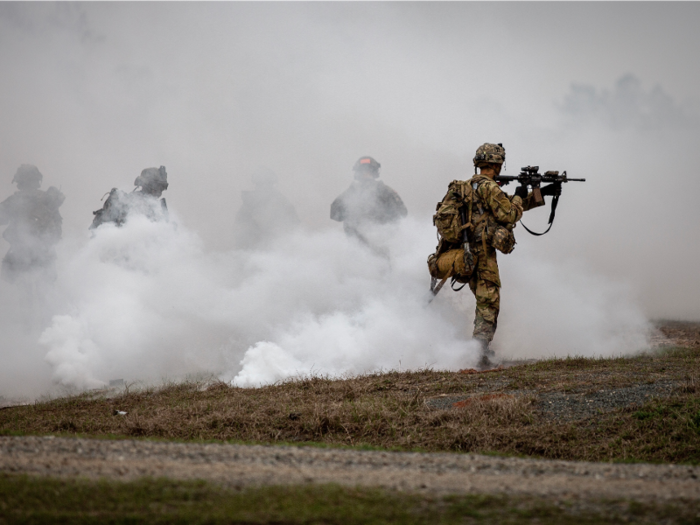
Polk was a second cousin of US President James Polk, and died during the Battle of Atlanta. Polk was a West Point graduate but served as an Episcopal priest until he joined the Confederacy, according to the Encyclopedia Britannica.
Fort Polk, located in central Louisiana, hosts the Army's Joint Readiness Training Center.
Fort Hood is named for Confederate Gen. John Bell Hood.
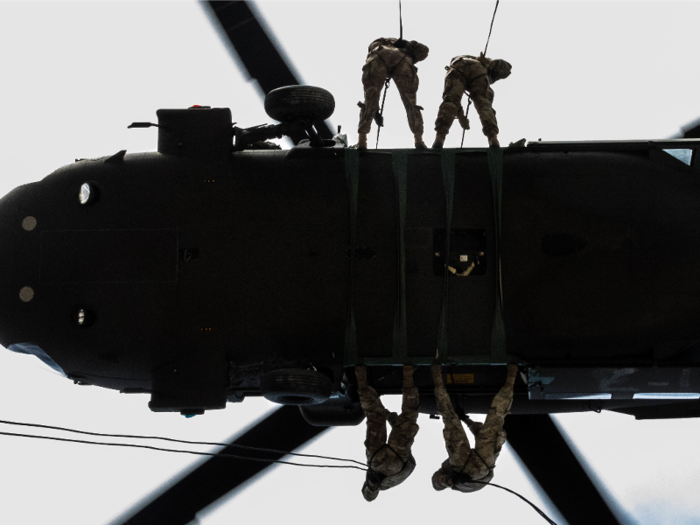
Fort Hood opened in 1942 and is now the largest active-duty armored post in the Armed Forces, according to the Army. It's named for John Bell Hood, who was a West Point graduate who served in the US Army until the Civil War, when he joined the Confederacy, according to the Encyclopedia Britannica.
Popular Right Now
Popular Keywords
Advertisement